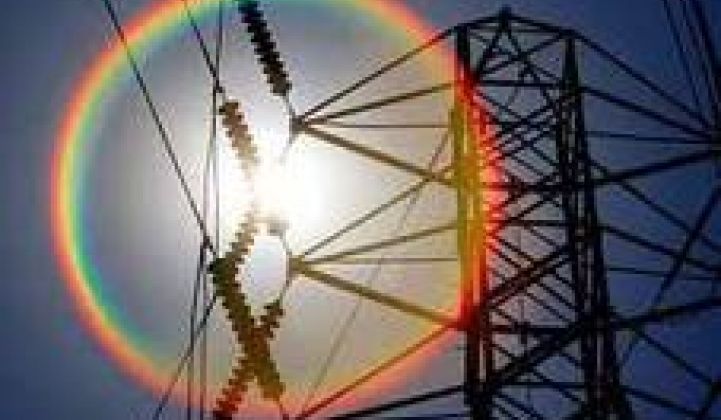To date, Silver Spring Networks has been a communications company.
Now you should start to think of it as a software vendor.
The Redwood City, Calif.-based company today unfurled two new applications -- UtilityIQ Demand Response Manager 1.0 and CustomerIQ Web Portal 1.5 -- that will effectively allow it to create demand management and power curtailment programs for utilities and thus to compete for the sizeable contracts in these markets that currently go to power management vendors like EnerNoc, Comverge, and even OPower.
Silver Spring's applications will not be sold to utilities that do not already use, or plan to use, the company's networked meters. Thus, it won't compete against these companies in the broad open market. Nonetheless, Silver Spring already has a large footprint, so it will be a formidable competitor to all of the above. Pacific Gas & Electric, Oklahoma Gas & Electric and others are currently installing Silver Spring meters that now number in the millions. The company will host these applications and charge utilities a fee for using them just like a software-as-a-service provider.
The shift from demand response to demand management will likely be one of the major topics at GridWeek, which starts today. Comverge just released a paper on the issue.
The advantage of going with Silver Spring versus another vendor is harmony, according to Matt Smith, senior director of product marketing at Silver Spring. The applications were specifically designed to run on its meters. Thus, installation, management and operation should be somewhat smooth. Arguably, the Silver Spring solution could be cheaper, as well, because some of the hardware (specifically, the meter) has already been installed.
Moving toward software also conceivably solves two other problems. Sources have said that Silver Spring has been trying to boost its margins in anticipation of an initial public offering. Adding software services to the mix can help accomplish that and create a deeper pipeline for ongoing revenue. These aren't the first two applications from Silver Spring, but they have a somewhat broad appeal for utilities. Demand Response is part of UtilityIQ suite, a collection of applications that utilities can pick up via subscription. Other applications give information on outage detection and other events.
Second, enhanced services could make it easier for utilities to justify their smart meter rollouts to the public and state utility commissions. Consumers have complained that they are being forced to pay for meter upgrades that benefit utilities by reducing truck rolls and remote repairs. These new applications, if used properly, can help reduce power consumption and thereby help consumers lower their bills.
Demand Response Manager functions essentially like other demand response applications. It creates a two-way communication link between a utility and various assets -- e.g., air conditioners, household appliances, possibly lights -- inside of a building. Utility employees can schedule and plan load shedding events with the tool, as well as using it to get real-time information on the status of various appliances plugged into the grid.
"With a two-way smart grid, you know the status of any device at a given time," said Smith.
Over a year ago, execs like Adrian Tuck from Tendril began to predict that software vendors would compete against traditional demand response providers like EnerNoc. It seems like their predictions have now come to fruition.
CustomerIQ is the new version of Greenbox, the home energy web portal Silver Spring bought when it got the company last year. Consumers log onto the website and can get information on their current energy consumption, their total consumption for the month, the anticipated size of their bill and specific factors (hot weather, increased usage, increased rates) that might be jacking up the bill.
There is also a module that compares your usage to your neighbors, which competes against the so-called behavioral programs created by OPower.



